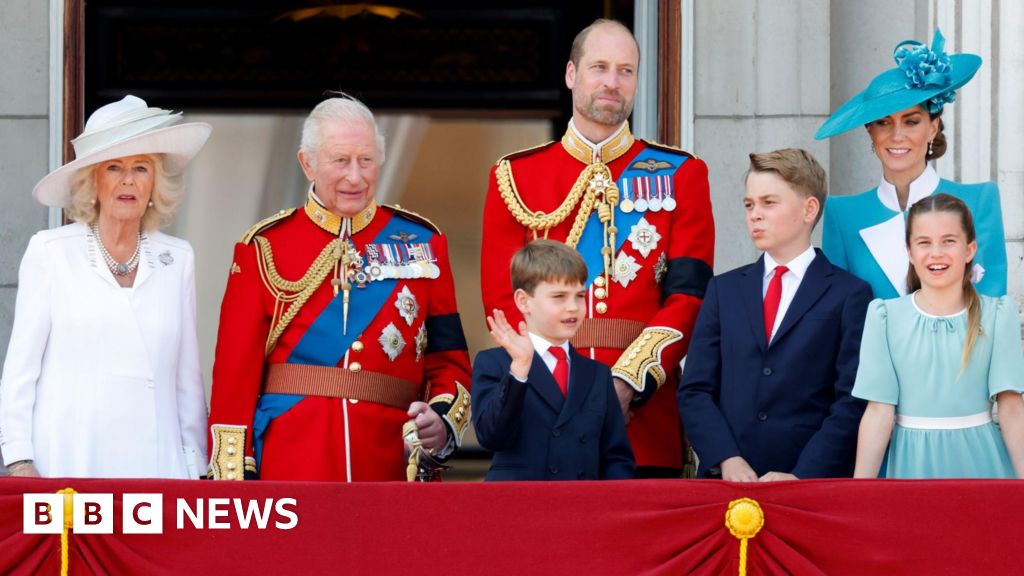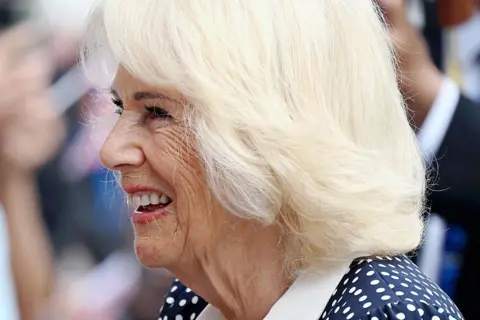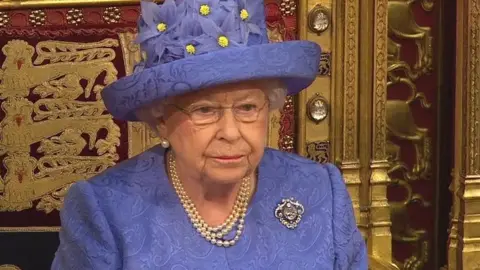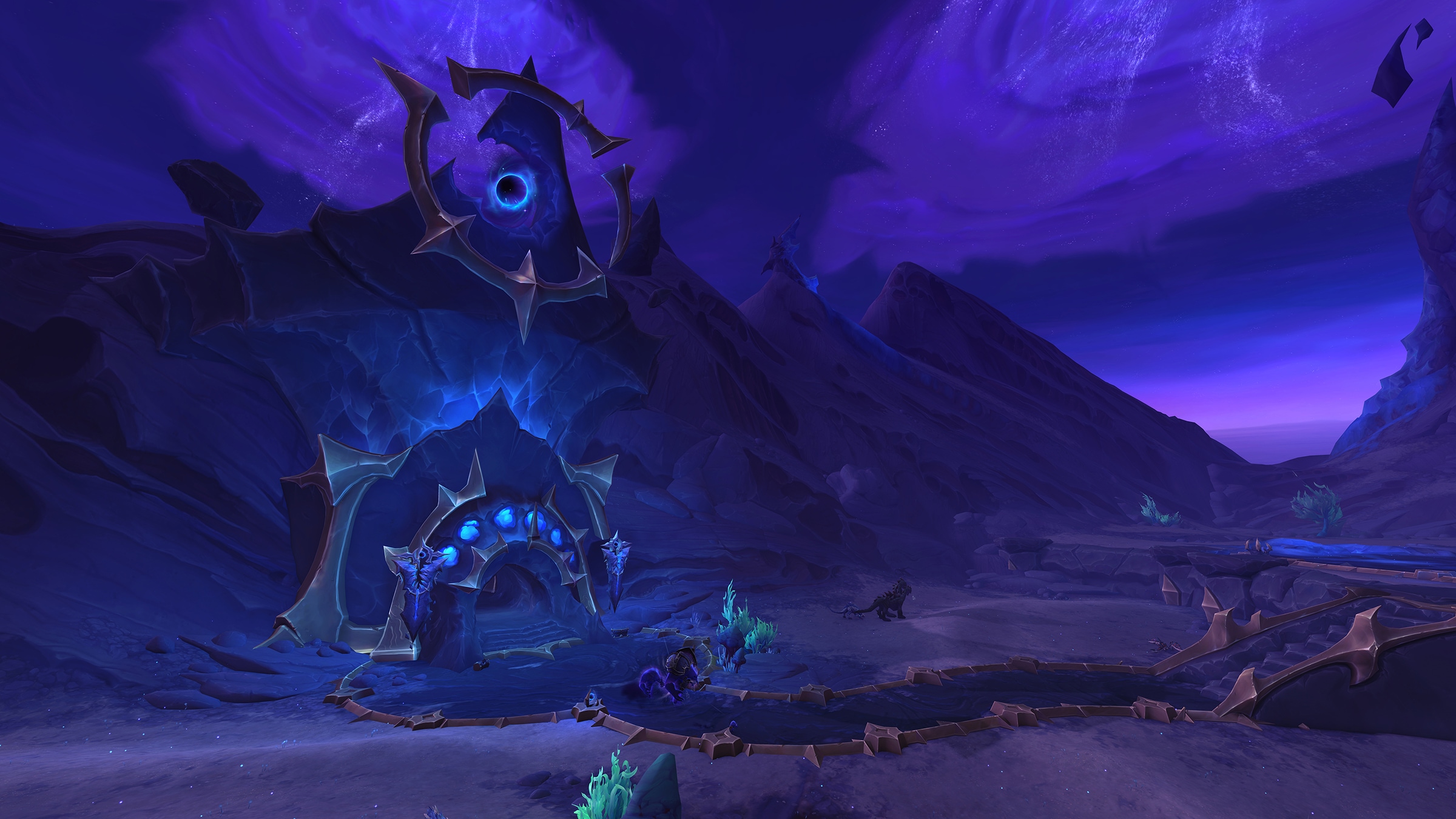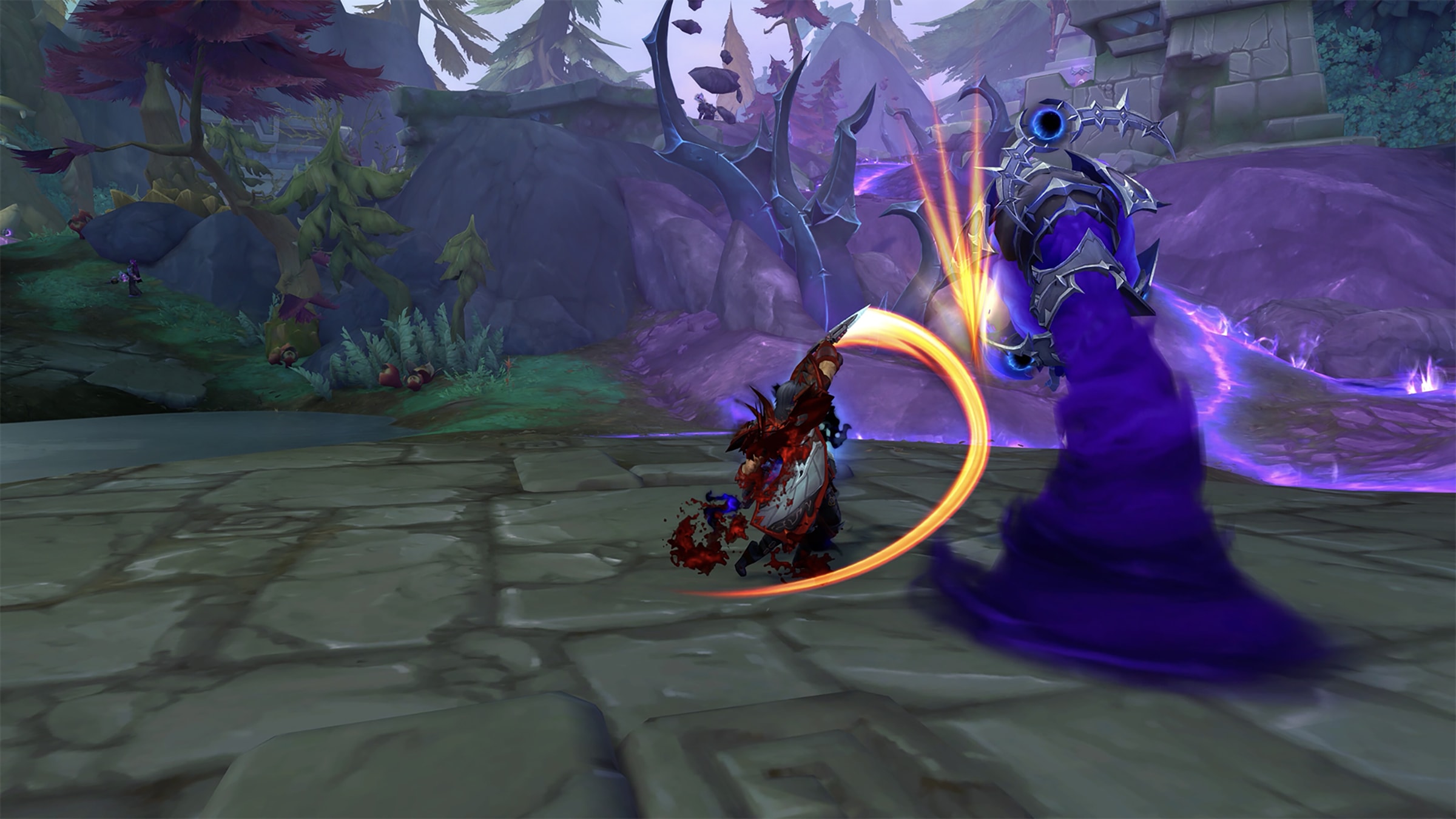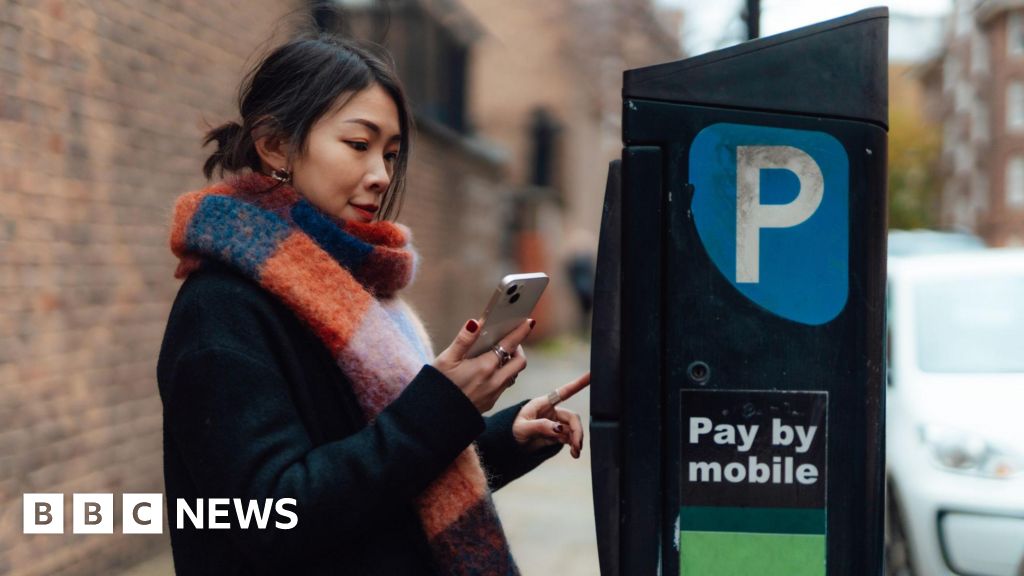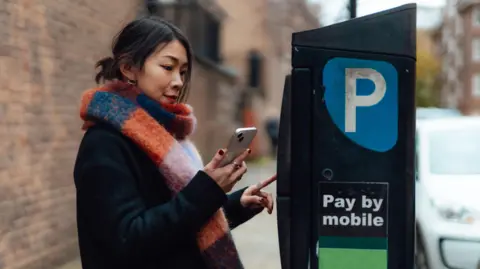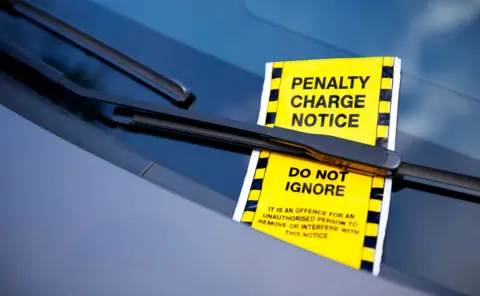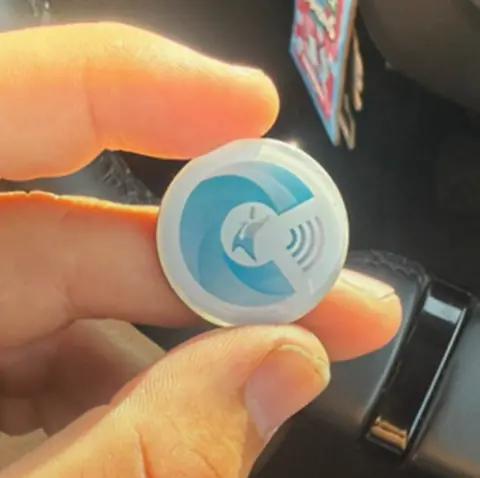The explosion left behind an interstellar gas-and-dust cloud rich in silicon (gray), sulfur (yellow) and argon (purple). Credit: Keck Observatory/Adam Makarenko
Massive stars have a layered structure, similar to an onion. The outermost layers predominantly comprise the lightest elements; as the layers move inward, the elements become heavier and heavier until reaching the innermost iron core.
This is the accepted theory, but observations of massive exploding stars – a phenomenon known as supernova – had until now typically revealed only strong signatures of light elements, such as hydrogen and helium. In a new study published today in Nature – and featured on the journal’s cover – an international team from Northwestern University, the Weizmann Institute of Science and other research institutions discovered a never-before-seen type of supernova: one that is rich in heavy elements such as silicon, sulfur and argon.
The observations suggest that the massive star, dubbed SN2021yfj, had somehow lost its outer layers while still “alive.” This finding offers direct evidence of the long-theorized inner layered structure of stellar giants and provides an unprecedented glimpse inside a massive star’s deep interior moments before its explosive death.
“This is the first time we have seen a star that was essentially stripped to the bone,” said lead author Dr. Steve Schulze, a former member of Prof. Avishay Gal-Yam’s team at the Weizmann Institute and currently a researcher at Northwestern University. “It shows us how stars are structured and proves that they can be completely stripped all the way down and still produce a brilliant explosion that we can observe from very, very far distances.”
A hot, burning onion
Despite their immense dimensions – they weigh in at 10 to 100 times heavier than our Sun — massive stars collapse within a fraction of a second, but the bright light emitted in the explosion can usually be observed for several weeks. Schulze and colleagues discovered the flare of SN2021yfj in September 2021 using the Zwicky Transient Facility, a telescope located east of San Diego, California, and equipped with a wide-field camera to scan the entire visible night sky. After looking through the telescope’s data, Schulze spotted an extremely luminous object in a star-forming region located 2.2 billion light-years from Earth.
To gain more information about the mysterious object, the team wanted to obtain its spectrum, which breaks down dispersed light into component colors, each of which represents a different element. By analyzing a supernova’s spectrum, scientists can determine which elements are present in the explosion.
“As soon as I saw the data Dr. Schulze sent me, it was obvious we were witnessing something no one had ever seen before”
Video showing an artist’s depiction of the most likely SN 2021yfj scenario. Near the end of its life, the dying star underwent two rare, extremely violent episodes, ejecting shells rich in silicon (gray), sulfur (yellow) and argon (purple). These massive shells collided with one another so violently as to create a particularly brilliant supernova that could be seen from a distance of 2.2 billion light years. Credit: Keck Observatory/Adam Makarenko
Although Schulze immediately leapt into action, the spectrum search hit multiple dead ends. Telescopes around the globe were either unavailable or could not see through the clouds to obtain a clear image. Ultimately, a colleague at University of California Berkeley managed to provide the required spectrum data. The researchers were amazed to discover that instead of helium, carbon, nitrogen and oxygen typically found in other stripped supernovae, the spectrum of SN2021yfj was dominated by strong signals of silicon, sulfur and argon. Nuclear fusion produces these heavier elements within a massive star’s deep interior during its final stages of life.
Although massive stars typically shed layers before exploding, other observations of “stripped stars” had revealed layers of helium or carbon and oxygen, exposed after the outer hydrogen envelope was lost. But astrophysicists had never glimpsed anything deeper than that, hinting that something extremely violent and extraordinary must have been at play. The SN2021yfj ejected far more material than scientists had previously seen, enabling the team to peer into its core deeper than ever, detecting heavier elements.
“Something very violent must have happened”
“This star lost most of the material that it produced throughout its lifetime,” Schulze said. “So we could only see the material formed during the months right before its explosion. Something very violent must have happened to cause that.”
“Exposure of such a deep inner core challenges current theories about how giant stars lose mass and shed their outer layers before exploding as supernovas,” explains Dr. Ofer Yaron, a staff scientist in Gal-Yam’s group and a leading expert on supernova databases.
The scientists are currently exploring multiple scenarios, including interactions with a potential companion star, a massive pre-supernova eruption or even unusually strong stellar winds. But, most likely, the team posits this mysterious supernova is the result of a massive star literally tearing itself apart.
As the star’s core squeezes inward under its own gravity, it becomes even hotter and denser. The extreme heat and density then reignite nuclear fusion with such incredible intensity that it causes a powerful burst of energy that pushes away the star’s outer layers. Moreover, the scientists hypothesize that the explosion may have been the result of a collision between one of the star’s pushed-out layers with another layer that had been pushed out earlier. For now, however, the precise cause of this phenomenon remains an open question.
“It’s always surprising – and deeply satisfying – to discover a completely new kind of physical phenomenon,” says Gal-Yam, whose research group in Weizmann’s Particle Physics and Astrophysics Department focuses on understanding how the elements are formed in the universe. “As soon as I saw the data Dr. Schulze sent me, it was obvious we were witnessing something no one had ever seen before.
“Once we identified the spectral signatures of silicon, sulfur and argon, it was clear this was a major step forward: Peering into the depths of a giant star helps us understand where the heavy elements come from. Every atom in our bodies and in the world around us was created somewhere in the universe and went through countless transformations over billions of years before arriving at its current place, so tracing its origin and the process that created it is incredibly difficult. Now it appears that the inner layers of giant stars are production sites for some of these important, relatively heavy elements.”
Extremely stripped supernova reveals a silicon and sulfur formation site, Nature
Astrobiology, Astrochemistry, Astronomy,

